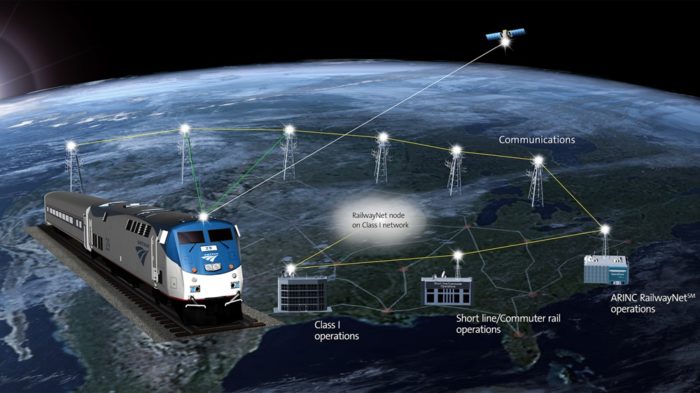How Congress Escapes Blame.
Just say the words, “unfunded mandate” to any state or local government official and note the sour expression that appears on their face. As the term implies, that’s when the federal government directs you to do something–invariably something that’s going to cost a lot of money–but they don’t kick in any federal dollars to help get it done. It happens a lot.

A big unfunded mandate at the moment is the one the feds laid on the nation’s railroads in the aftermath of a deadly commuter train crash several years ago in California. All railroads were directed by Congress to install something called Positive Train Control across their networks. It’s a complex system involving computers and global positioning and it will counteract human error and keep trains from derailing or running into each other.
So far, best estimates are that the freight railroads have already spent $8 billion complying with the PTC mandate and they’ve still got another $2 billion to go. To those numbers, you can add another $3.5 billion that the PTC system is costing the passenger railroads and, as the late Senator Everett Dirkson supposedly said, “pretty soon it adds up to real money!”
I mention PTC because a preliminary finding by the National Transportation Safety Board is that PTC would probably have prevented the recent Amtrak derailment near Tacoma, Washington. Well, that’s comforting.
There are other possible factors, including divided responsibilities between the State of Washington’s Department of Transportation and Amtrak. Pretty classic: a major screw-up occurs and everybody points at someone else.
And there was also an artificial deadline—a date certain by which some specific tasks relating to the new By-Pass had to be completed or a bunch of federal dollars would have to be returned to Washington. And so, apparently, there was rush to finish.
The STB is still at work, but without doubt their final report will include those issues and blame will be assigned. But I’ll bet “unfunded mandate” won’t be found anywhere in there.




The class 1s are using this to mandate engineer only, that will ease their pain.
So, if I take your numbers at face value (and I have no reason not to) $13.5B is going to be spent on PTC. I wonder how many lives that might save per year – less than 10 on average I’d speculate. It certainly isn’t in huge number. Of course, even one death is too many, but if the goal is to save the largest number of people at the lowest cost is that good value for $13.5B? I question it. What if it was spent on safer grade crossing to stop the idiots from driving around gates? How about on making roads safer? How about on coming up with new medical procedures? My point is that rail is already an extremely safe form of travel. The reason crashes make the news is that they are so rare when people dying in car crashes are common place.
I’ll concede your point, but there are also the potential injuries and property damage to freight trains and those employees.
The problem with that is, that every highly mediatised accident scares people to death, and costs potential customers. A string of accidents can put an airliner out of business, even if statistically, you’re more likely to die en route to the airport then on one of their flights. People aren’t rational, even if we think we are.
I agree there are statistically more efficient investments, and we can and should fight against too much irrational fears, but if you want to keep your customers, you have to provide an image of concern and improving safety records. There is still some way to go.